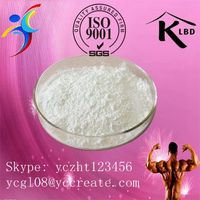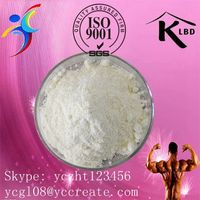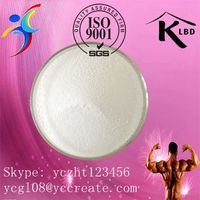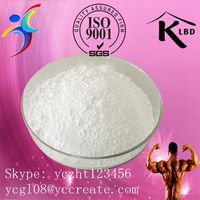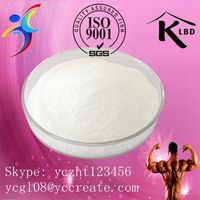Piracetam CAS: 7491-74-9
Product Quick Detail
- Place Of Origin
- HuNan
- Packaging
- Foil Bag or Tin
- Delivery
- 7 Days
Specifications
- Country: China (Mainland)
- Business Type:
- Market:Global
- Founded Year:2013
- Address:No.388 Huangshan Road, Tianyuan District, Zhuzhou City, Hunan Province,China
- Contact:John Mr
Other products from Zhuzhou Yuancheng Hezhong Technology Development Co., Ltd.
Relate products of Piracetam CAS: 7491-74-9
Piracetam CAS.7491-74-9 james at curepharmas dot com skype: cotanjames whatsapp/LINE/Telegram/Signal:+8613802264524 wickr: steroid825 Gurantee 100% safe shipping to USA Europe Canada Mexico, free of customs clearance. We will ship by special line that shipping company do custom ...
Product Name: Piracetam CAS: 7491-74-9 MF: C6H10N2O2 MW: 142.16 EINECS: 231-312-7 MP: 151-152,5 C Chemical Properties White Solid Usage: 1.The early use of timber forest in the anti vertigo and antiemetic drug, currently as nervous system drugs, promote and ...
Piracetam http://www.steroidsgym.com/ Skype: yczht123456 ycgl08@yccreate.com CAS: 7491-74-9 EINECS: 231-312-7 M.W.: 142.16 M.P.: 151-152.5°C Piracetam (sold under many brand names) is a nootropic in the racetams group, with chemical name 2-oxo-1-pyrrolidine acetamide. It ...


